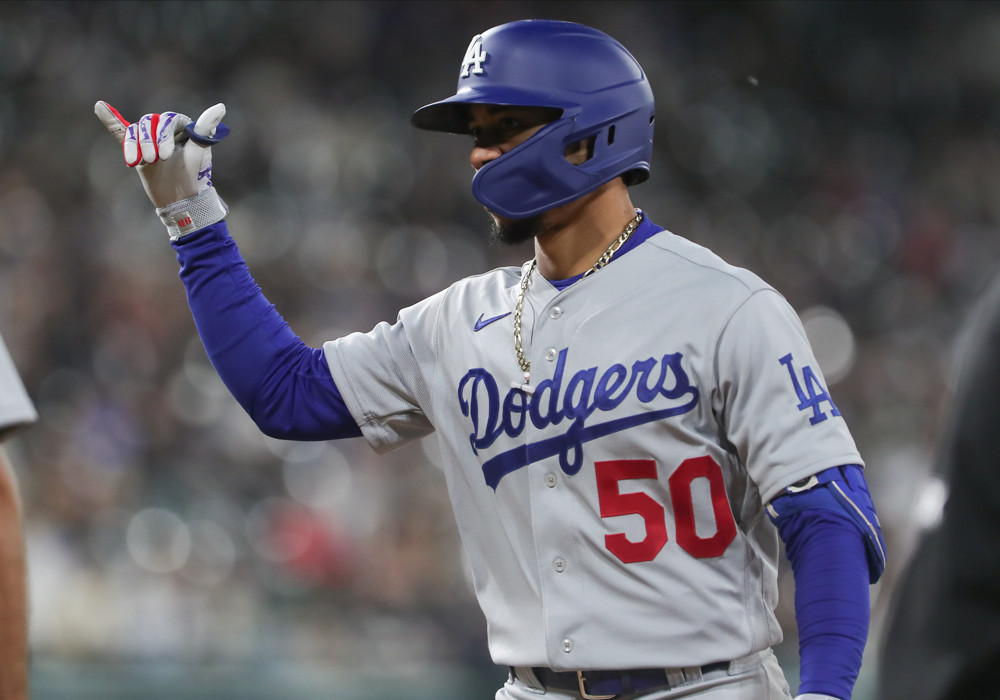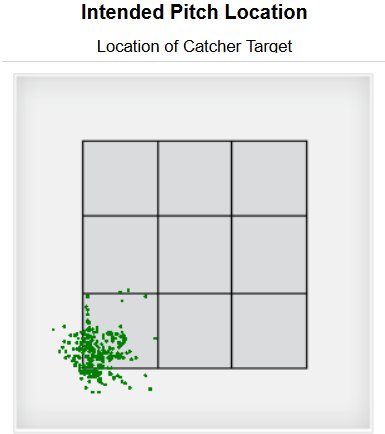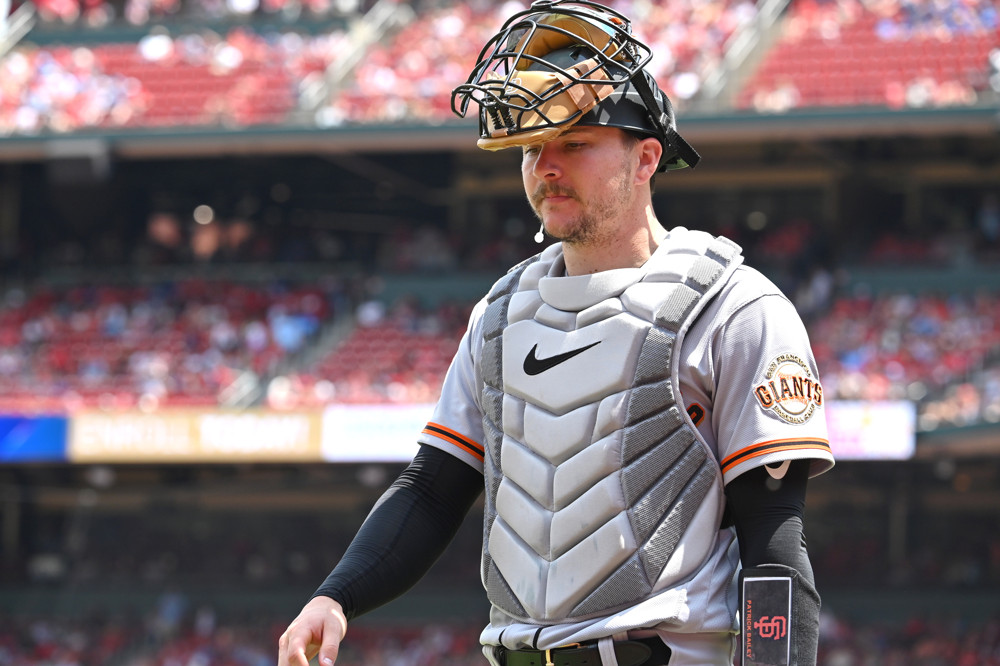By COREY EIFERMAN
Last year, I published breakdowns of two new statistics I created with the help of BIS’ R&D staff. I created a metric called Offensive Expected Value, which is meant to use and weigh out types of ways to reach base but also place a value on the different type of outs a batter can make.
The pitching metric, Split Run Average, uses BIS’ Defensive Misplay system to eliminate the concept of “earned” runs, while also splitting the debit between pitchers who bequeathed runners who scored and the pitchers who inherited them.
I looked at a couple players with teams that made the postseason, or came up just short, who performed well in either statistic. I found a couple hitters who are higher in their team’s Offensive Expected Value rankings (minimum 300 plate appearances), and pitchers whose Split Run Average is significantly better than their ERA.
A.J. Pollock, Los Angeles Dodgers: .944
Pollock is having his best offensive season since his lone All-Star campaign in 2015. A late September run where Corey Seager emulated his 2020-postseason self, boosted him up to the top of the Dodger’s wOBA leaderboard, but Pollock finished second among the Dodgers in OEV, ahead of Seager’s .915.
While Pollock is no longer a threat to steal 20 bases a year, he’s making up for it by hitting for a little more power, with 11.6% of his plate appearances ending with an extra base hit compared to a rate of 9.7% of the time in 2015.
Pollock finished with eight more extra base hits than Seager, and hit into five fewer double plays, a factor that neither wOBA nor OPS, take into account.
Mitch Haniger, Seattle Mariners: .853
Like Pollock, Mitch Haniger, another former Diamondback outfielder, has also had injury issues, and didn’t see a major league field for a year and a half prior to the start of 2021.
Haniger’s .853 OEV led the Mariners, while he’s second on the team in wOBA, behind Ty France. France’s higher on-base percentage propels him to the top of the Mariners’ wOBA leaderboard, but Haniger has been crushing a 5.6% home run rate this year, almost double France’s 2.8%.
Haniger finished one homer shy of being the sixth different Mariner to have a 40-homer season. By BIS’ Hard Hit Rate, Haniger finished just below his career high in hard hit rate at 37.0%. Now that he’s played a full season for the first time since 2018, Haniger could be all the way back to the hitter he was at that time.
Logan Webb, San Francisco Giants: 2.70 spRA, 3.03 ERA
Logan Webb has been as good a No.2 as you could want, for the team that finished with the best record in baseball. The 24-year-old’s 2.70 Split Run Average is outperforming his regular ERA by 0.33 runs.
Any time a pitcher leaves the bases loaded and the next reliever allows all three runners score, the formula for spRA balances out the blame, rather than just charging three to the pitcher who loaded the bases.
Webb had one start against the Rockies early in 2021 where Matt Wisler let all three inherited runners score, and Webb was charged with six earned runs that day. But that’s only 4.5 Split Runs.
Webb also had a few starts where his defense was more to blame for putting the Giants behind than his own pitching was.
In a September 12 start against the Cubs, the Giants made a DM on two separate triples by Cubs hitters. On the first one, Austin Slater was given a Defensive Misplay for Losing the Ball in the Sun, and on the second one, both Slater and Bryant were given DMs for a Collision. Both runners scored on a groundout by the next hitter, so that’s two runners that shouldn’t have scored.
Even so, Webb was outstanding through much of 2021. But he could have been even better.
Luis A. Garcia, St. Louis Cardinals: 2.43 spRA, 3.24 ERA
After being picked up by the Cardinals in July, veteran right-hander Luis Garcia has pitched to a 2.43 spRA. On the season, Garcia was charged with 12 total earned runs, with half of them being runners that were inherited by the next reliever on the mound.
Somehow, the 34 year old has found new life, averaging 98.3 mph on both his four-seam, and two-seam fastball the fastest in his career, among seasons tracked by Statcast. He’s gotten some important work holding down leads in the sixth inning for the Cardinals, in front of Genesis Cabrera, Alex Reyes, and Giovanny Gallegos.
Garcia’s spRA is even lower than his ERA, at 3.24. Garcia had a rough start with St. Louis, though not as rough as his ERA would say it was. In his first three appearances, Garcia was charged six earned runs, but since five of those six runs were runners Garcia bequeathed that ended up scoring, those six earned runs come out to 3.75 Split Runs.
Michael Kopech, Chicago White Sox: 2.92 spRA, 3.50 ERA
After opting out of the 2020 season, Kopech has excelled as a reliever for the Southsiders. His impressive 3.50 ERA isn’t even as shiny as his 2.92 spRA. Kopech has been used as a super-Reliever, getting two, sometimes three innings where he holds opposing batters in close games.
One instance of his defense dinging his ERA came on July 31 when the White Sox made three Defensive Misplays in the sixth inning: a failed dive by Andrew Vaughn on a double, then on this triple by Yu Chang, Brian Goodwin had a double-misplay for a ball bouncing off his glove, and then for being slow to recover in fielding it.
Kopech was charged with 3 earned runs by normal scoring, but just 1.75 in Split Runs for that. Then, in the seventh inning, he left with runners on second and third, and both runners scored. That cost him two more runs, though by Split Runs, it cost him only 1.25.



